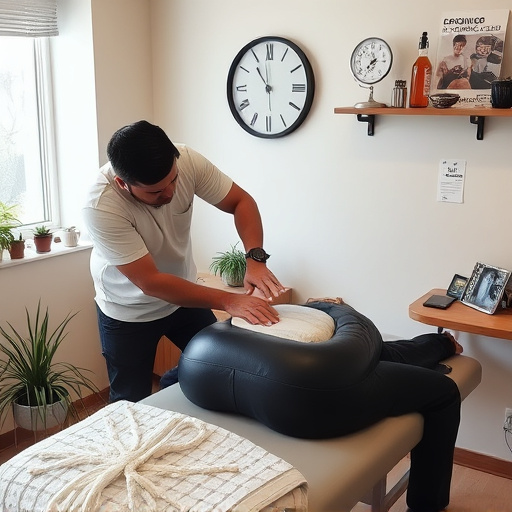Government employee care programs promote holistic wellness among public servants by offering comprehensive benefits for physical and mental health, stress management, preventive care, and work-related ailments. These initiatives enhance job satisfaction, engagement, productivity, and reduce absenteeism through ergonomic assessments, counseling, yoga, and meditation. By prioritizing work-life balance and providing tailored support, these programs improve overall well-being, performance, and retention rates in the competitive public sector.
In the dynamic landscape of public service, government employee care programs are not just perks—they’re essential tools for fostering a motivated and productive workforce. From promoting physical and mental wellness through comprehensive initiatives, to offering support that balances work and personal life, these programs enhance job satisfaction. This article explores the top benefits of government employee care, focusing on enhanced wellness, comprehensive support, and improved retention, highlighting strategies to elevate the overall well-being of public servants.
- Enhanced Wellness: Promoting Physical and Mental Health
- Comprehensive Support: From Benefits to Work-Life Balance
- Improved Retention: Employee Satisfaction and Engagement Strategies
Enhanced Wellness: Promoting Physical and Mental Health

Government employee care programs play a pivotal role in enhancing overall wellness by promoting both physical and mental health among public servants. These initiatives often include comprehensive benefits packages that address various aspects of an employee’s well-being, from stress management to preventive care. By prioritizing wellness, governments recognize the direct correlation between a healthy workforce and improved productivity, as well as reduced absenteeism.
One notable area of focus within these programs is headache relief and neck pain relief, common issues stemming from prolonged periods of work-related stress and poor posture. Through access to specialized healthcare services, employee care plans offer solutions such as ergonomic assessments, counseling sessions for stress management, and even yoga or meditation classes. Such proactive measures contribute to a more satisfied and engaged workforce, ultimately strengthening the efficiency and effectiveness of government operations.
Comprehensive Support: From Benefits to Work-Life Balance

Government employee care programs are designed to provide comprehensive support that extends beyond traditional benefits. These initiatives recognize the unique challenges faced by public servants and aim to enhance their overall well-being, including work-life balance. By offering a range of services, employees can access not just financial aid but also essential resources for physical and mental health. This holistic approach ensures that government workers receive tailored assistance to navigate various aspects of their lives, from managing stress to achieving better mobility and pain relief.
One notable benefit is the focus on spinal adjustments and pain management techniques, addressing common issues associated with sedentary work and stressful job environments. These programs acknowledge the importance of a healthy body for optimal performance and overall satisfaction in the workplace. Through such initiatives, government agencies demonstrate their commitment to fostering a happy and productive workforce, ultimately contributing to improved service delivery and a more positive culture within public institutions.
Improved Retention: Employee Satisfaction and Engagement Strategies

In the competitive public sector, one of the most significant advantages of robust government employee care programs is improved retention rates. Satisfied and engaged employees are less likely to seek opportunities elsewhere, ensuring a stable workforce for the organization. These programs often include initiatives that enhance job satisfaction, such as flexible work arrangements, which can improve work-life balance and foster a sense of autonomy among employees.
Additionally, government employee care extends beyond routine wellness activities. Strategies like post-injury care, including physical therapy and spinal adjustments, play a vital role in aiding employees’ recovery and return to work. Furthermore, functional rehabilitation services ensure that employees receive holistic support, enabling them to regain their strength and mobility after an injury or illness. By implementing these care programs, governments can create a positive work environment, boost morale, and ultimately retain top talent within their teams.
Government employee care programs offer a multitude of benefits that extend far beyond basic compensation. By prioritizing enhanced wellness, comprehensive support, and improved retention strategies, these initiatives foster happier, healthier, and more engaged public servants. Investing in employee care not only improves individual well-being but also strengthens the overall capacity and effectiveness of government agencies.














